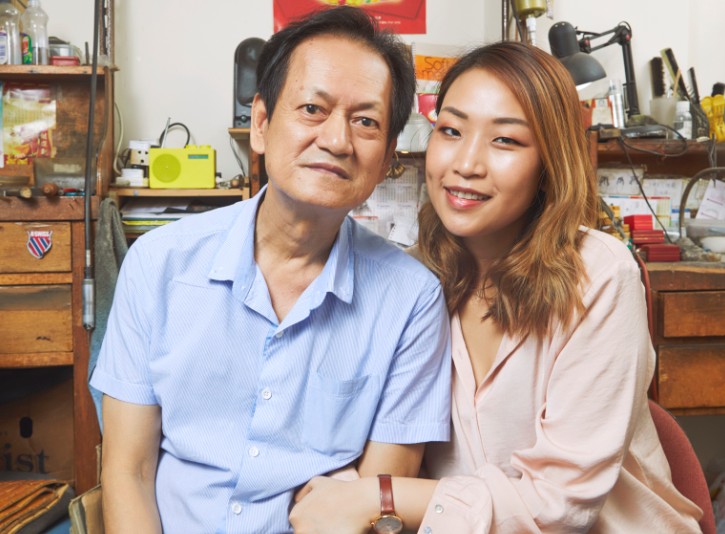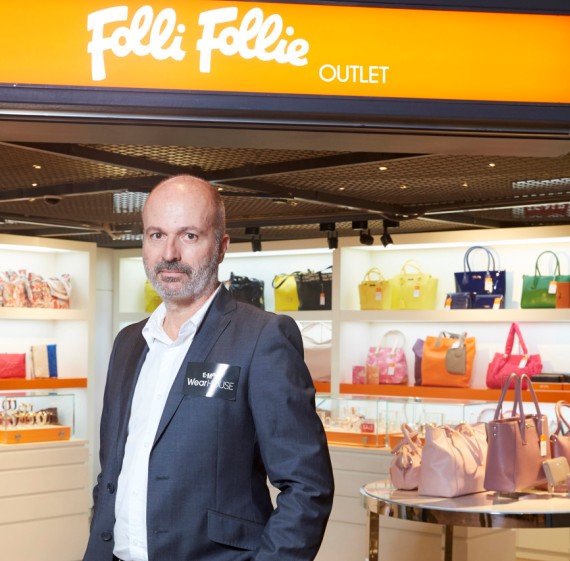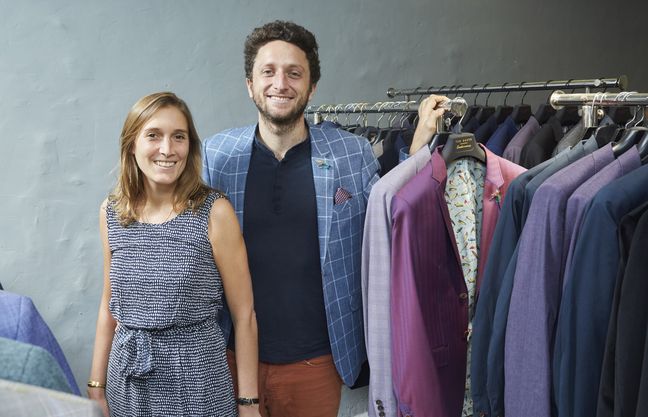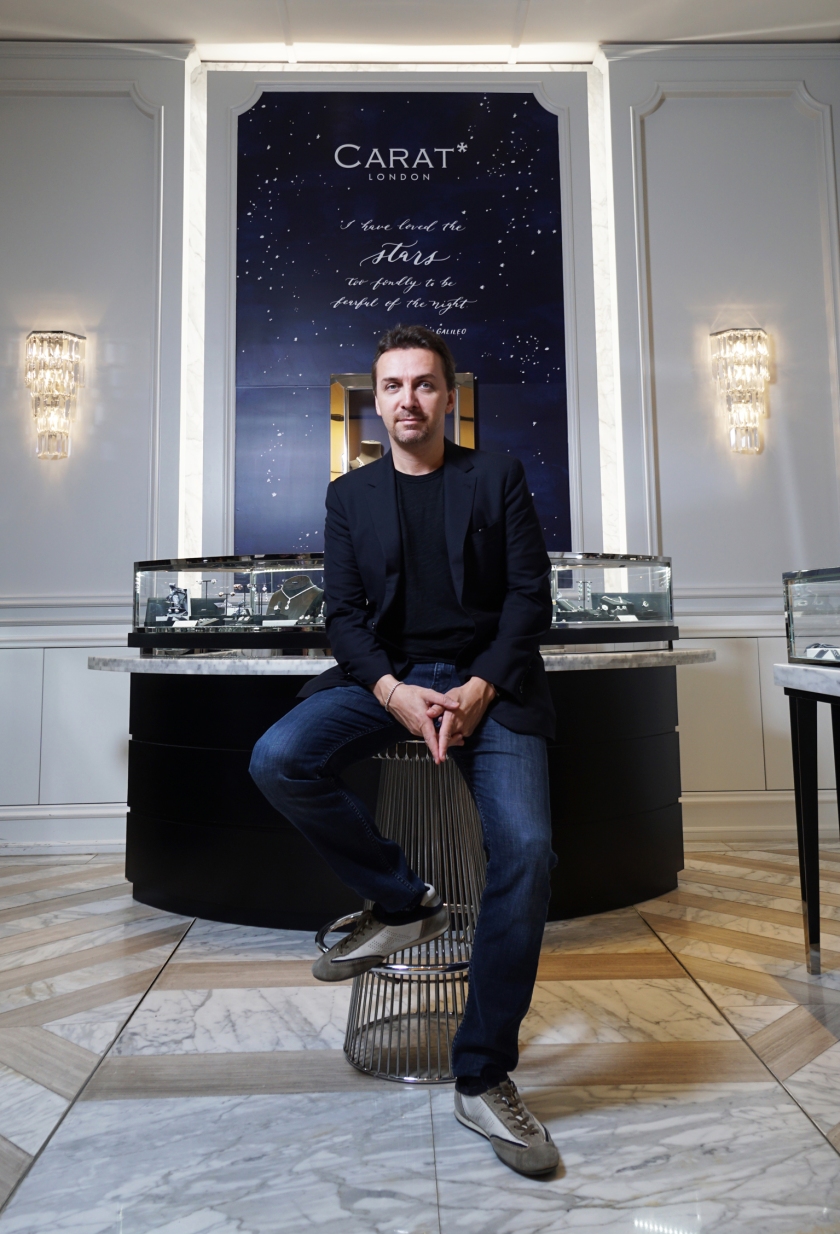
The rings made by Patrick Yuen Hin-tai and Vanessa Yuen Lai-lam are as unique as their relationship. Plenty of love has gone into producing the bands – a reflection of the bond that the father and daughter share.
In times when most jewelry is fashioned by machines, the Yuens belong to a tiny group of local goldsmiths who are still designing and crafting their pieces by hand. Most of the tools used for chipping and engraving are rudimentary. Only a few are electric.
“Not many people in Hong Kong are still making jewelry full-time like my dad does. Many goldsmiths have either passed away or switched to becoming security guards or taxi drivers to make a better living,” Vanessa said.
The senior Yuen, now in his late 60s, entered the goldsmithing profession through a cousin’s introduction five decades ago. He is a bench jeweler, specializing in patterning jadeite, diamond and pearl pieces.
“In the old days, we needed to pay the boss a guarantee to work as apprentice. As apprentice, we received a pittance of HK$10 a month. That was one- tenth of what I made when I was still working in a textile factory in 1966 or 1967,” he recalled.
Entry barriers were high, but the trade promised good prospects before its decline in late 1980s. Tse Sui-luen, founder of the eponymous label, made his fortune as a bench jeweler. The jewelry chain is now a listed company, with a market capitalization of HK$620 million.
Two other success stories are David Sin Wai-kin, chairman of Myer Jewelry Manufacturer, and Cheng Yu-tung, the late patriarch of Chow Tai Fook. Both expanded their reach to properties and hotels.
“Goldsmiths were considered prime husband material,” the senior Yuen joked. “During the most prosperous years in 1987 and 1988, I was making HK$30,000 to HK$40,000 a fortnight. A two-room flat in Tuen Mun then cost about HK$400,000.”
He now runs his own workshop. His daughter, a fashion and carpet designer, joined the family business and started an in-house label, Vanessa Bell, two years ago.
“I quit my job in 2014 to go on a working holiday. When I was in London, I became an apprentice at a shop selling hand-crafted jewelry. That made me realize an interest in my dad’s work,” Vanessa said.
“I named the label after a park built in remembrance of the painter Vanessa Bell. I walked past that park every day in London. My customers and I have very similar tastes. We like simple, affordable, vintage-inspired 18-karat pieces that can be worn daily.”
Vanessa designs all the pieces, and her father realizes her creative visions. The Vanessa Bell series comprises mostly rings set with gemstones, with a few bracelets and earrings. All are made to order. A simple ring, priced from HK$1,400, can be made in one day.
Her father also makes crowns, pendants, bridal bangles, and engagement rings – which can come to HK$600,000 a piece. More intricate designs can take six months to finish.
“My dad and I have vastly different tastes in jewelry. But he never second guesses my vision.” Vanessa said. “We do argue about the design. He might think that the stones I choose are too small, or the ring is not chunky enough. But I will press on with my ideas.”
The two complement each other. He contributes artistry and experience while she brings in fashion sense and online marketing skills.
“I get anxious when business is bad,” she said. “My dad taught me two things. First, it takes a full year for results to show and second, some will like my design, some won’t.”
Vanessa is full of praise for her father. “My dad is a shy person. He never tells others what he has done. I know he is secretly hiding away some bridal bracelets,” she said. “He made me a ring when I was 18. Since then, my sister and I get a birthday gift from him every year. His gifts will be our dowry.”
He said: “I am a goldsmith. Naturally, I want the best jewelry for my daughters.”
“If my boyfriend proposes, I will want my dad to make my engagement ring,” she said.
The article first appeared in the Standard on June 16, 2017.


